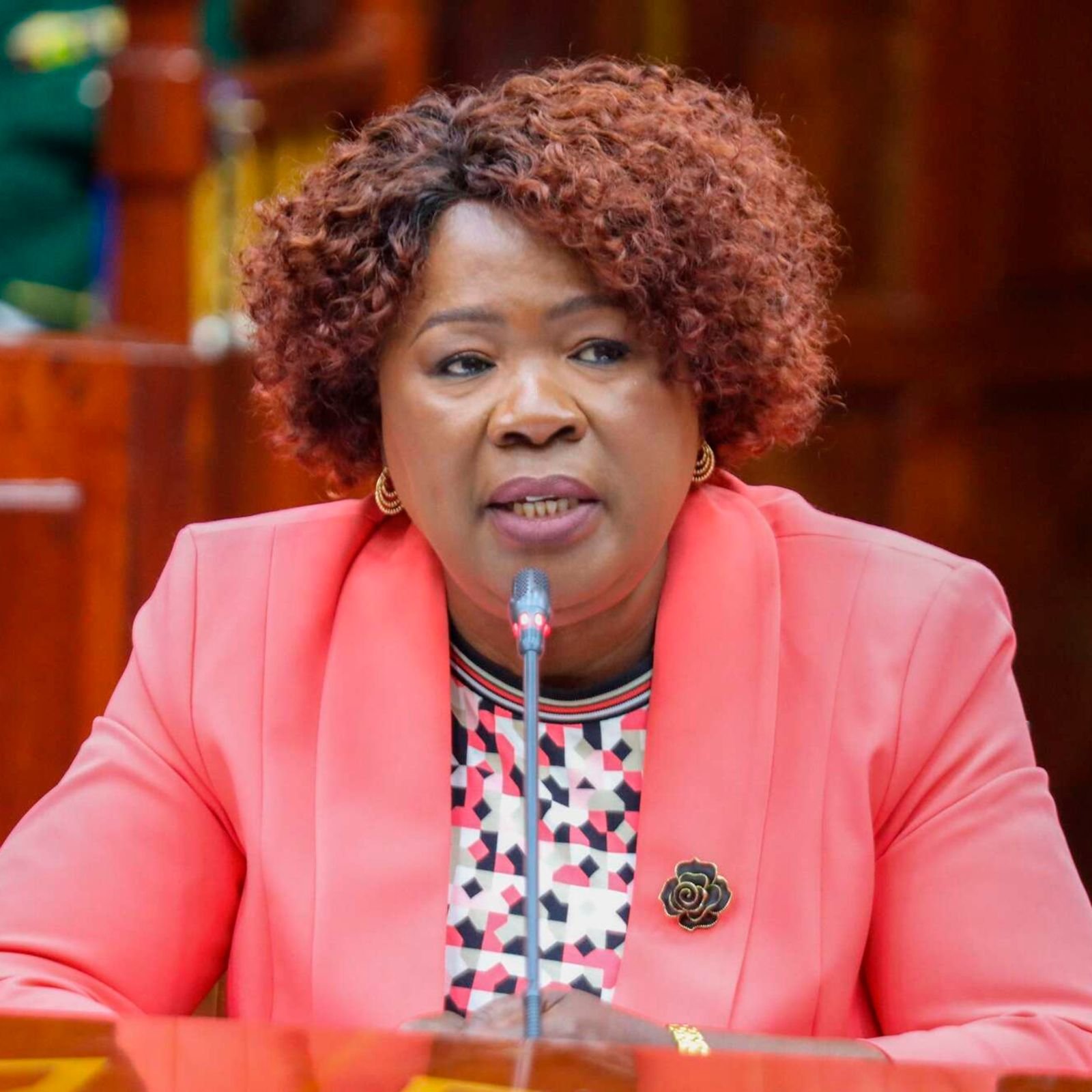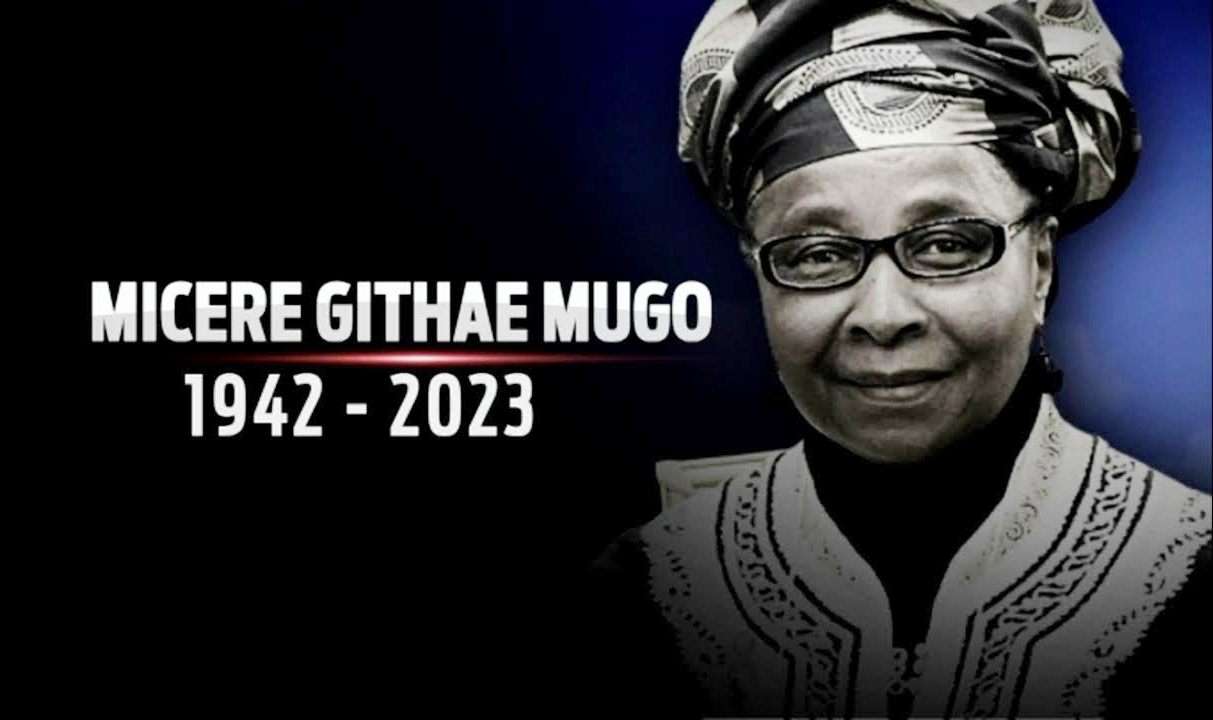Her remarks sparked outrage among senators, who accused the government of applying double standards by flattening informal settlements while sparing industrial structures and high-end residential developments upstream.
Murang’a Senator Joe Nyutu led the charge, questioning why demolitions appear concentrated in low-income areas.
“Enforcement must be uniform. Why are poor Kenyans being evicted while wealthy developers and polluting industries remain untouched?” he demanded.
Wahome, however, stood her ground, insisting that the initiative was about river regeneration, not land reclamation, and that any structure, legal or illegal, obstructing the process would be removed.
“We are targeting pollution hotspots, not people or locations. The exercise is based on environmental need, not geography,” she told the committee.
Despite her defence, lawmakers expressed deep concern over the lack of consistency and fairness in enforcement, warning that the operation risks fuelling public anger and undermining its legitimacy.
The Nairobi River Regeneration Programme, launched in March 2025, is a flagship environmental and infrastructure project worth KSh 50 billion. It is spearheaded by the Nairobi Rivers Commission and jointly executed by the ministries of Housing, Environment, and Defence.
Spanning five counties, Nairobi, Kiambu, Machakos, Kajiado, and Murang’a, the project aims to restore the degraded river ecosystem, install sewerage systems, curb flooding, improve waste management, and boost urban resilience. It also includes plans for affordable housing and modern marketplaces for displaced persons.
President William Ruto recently toured sections of the river and announced the recruitment of 20,000 more youth, in addition to the 30,000 already employed under the Climate WorX initiative, to accelerate the clean-up.
While the government touts the programme as a model of green urban renewal, critics warn it is veering dangerously close to an environmental purge of the poor.
Wahome confirmed that displaced persons will not receive compensation because they do not legally own the land. However, the government is considering offering a token in recognition of the disruption caused.
This has done little to soothe public disquiet, especially as industries and developers, some of whom have built high-rises without proper sewage systems, remain untouched.
The extent of illegal pollution is staggering. Over 145 industries, factories, and slaughterhouses are reportedly discharging untreated waste into the river, flouting environmental laws with impunity.
Former Environment CS Aden Duale (now Health CS) had earlier admitted that the clean-up effort is more daunting than initially thought. “We underestimated the challenge. We now realise the entire sewer system needs relocation,” he said.
As the bulldozers continue to roar through informal settlements, many are left asking: Is this really about saving the river, or sanitising the city for the elite?
Until every polluter, regardless of class or location, is held to account, the Nairobi River will remain not just a symbol of environmental degradation, but of injustice flowing downstream.
[/full]





